Opened in October 2017, Andaz Singapore marked the Hyatt brand’s first location in Southeast Asia. Designed by interiors arbiter André Fu’s studio, AFSO, and located in the uppermost floors of one of the city’s newest architectural icons, Duo, the hotel has already made quite an impact on the city’s hospitality landscape, commended for its stylish aesthetic and cultural sensitivity to its locale – both pillars of the Andaz imprint. We caught up with André to discuss the project, purity of design and why he conceives spaces to be experienced rather than just for looks alone.
How does Andaz Singapore differ from other hospitality projects you’ve worked on?
I often talk about ‘relaxed luxury’. It’s important to integrate that into projects to reflect my beliefs and my observations on how the ways of life have evolved over the past 10 years, but also, it’s important that this particular hotel expresses an identity of its own. With every project, we set ourselves a specific agenda, a specific narrative, a specific story that we are trying to tell. And with Andaz Singapore in particular, there’s a very specific spirit that we’re trying to infuse into the project.

People will inevitably have an idea of what an André Fu-designed space should feel like or how it would look, but for me, I don’t really have set rules. I’m much more interested in responding to the brand and what the brand means to me and what we can potentially bring to that project. Andaz is about being indigenous, it’s about the neighbourhood – it’s more of a cultural expression of the place. It needs to go to the heart of it, to the core of what the neighbourhood actually expresses, and I think that’s really important.
How has the cultural and geographical context of this project informed its design?
What’s really unique about Andaz Singapore is its location, near Bugis and Kampong Glam. It’s an area with a lot of shophouses and there’s a strong ethnic presence in its experience, but what was really intriguing for me and for the Andaz team is that when you go into these shophouses, you have a sense that your discovering things. There’s sometimes graffiti, there’s a lot of colour, there’s an intimacy to it and there’s a slightly mystical quality to the fact that you’re exploring within that. So, with this hotel we wanted to find a way to captivate the spirit of this neighbourhood and bring it into different layers of the hotel. So that’s really the core, the backbone of the project.

How would you describe your own aesthetic?
I believe in a certain simplicity in my design work. I like to express my designs through a lot of pragmatic thought and there’s a purist quality to a lot of work that I do. But that said, with every project we try to bring in different influences, we try to tell a different story. And this time, for this story, it’s very much about the cultural expression of Singapore, which for me actually boils down to this unique neighbourhood and that’s very much the story we’re trying to express.
How has the design industry evolved over the past decade?
Because of social media, everybody is doing these projects that are very photogenic. I’m personally much more interested in the feeling of the guest and in keeping it honest. It’s like clothing – there are softer silhouettes and a looser fit but it’s still tailored and designed, so it’s that kind of mentality. I think that is important, especially for a hotel project because it needs to stand the test of time. Some people ask me, ‘Can you create designs that are timeless?’ And my answer is, ‘Well, not exactly, you can’t calculate timelessness.’ But there are certain values in what we do and certain beliefs in what we do that should fundamentally stand the test of time – I think it all boils down to the essence of the experience itself.
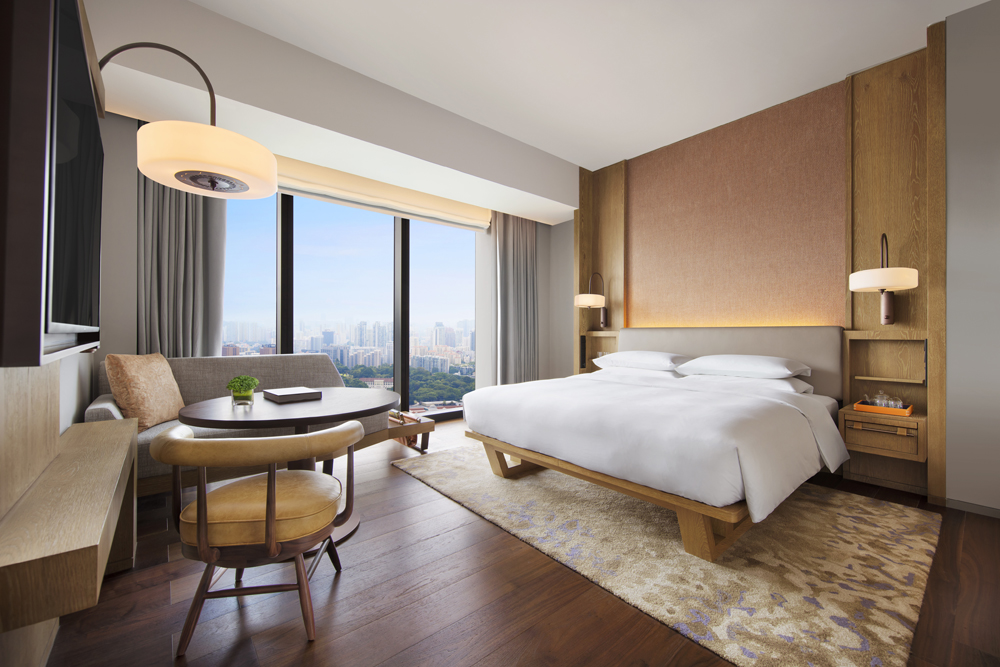
All of the rooms and suites enjoy warm neutral tones, organic textures and excellent views of Singapore's dynamic skyline
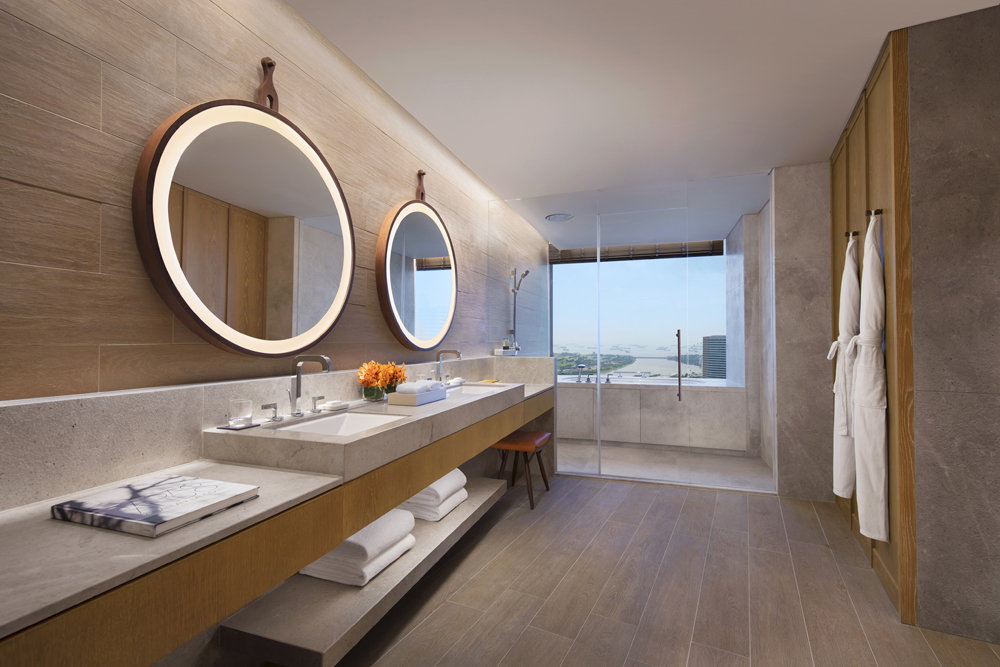
The bathrooms evoke a Zen, spa-like quality
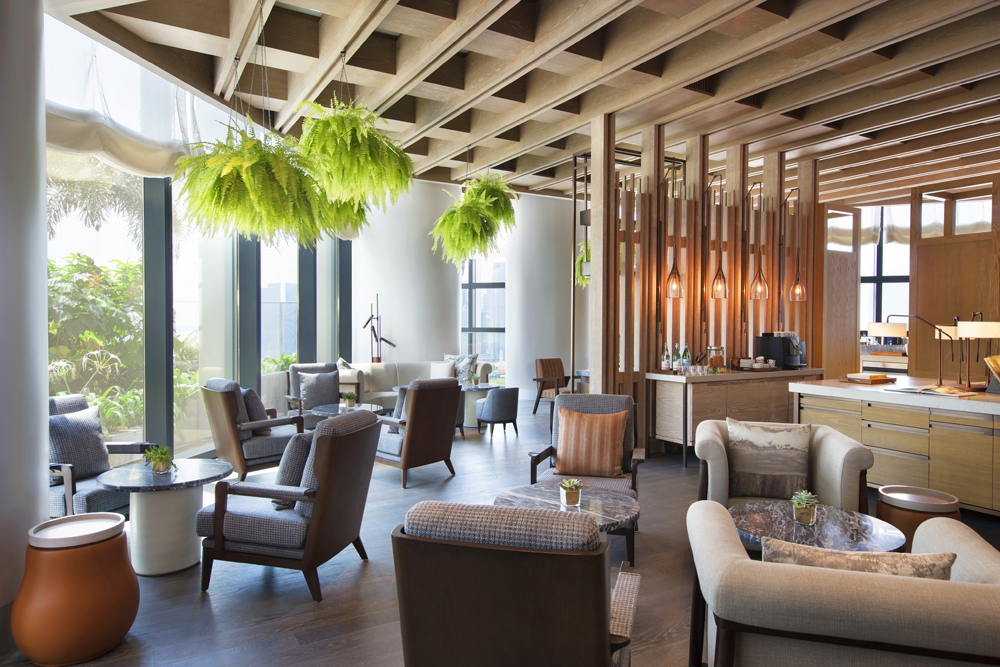
In-house guests can take advantage of all-day complimentary refreshments at Sunroom
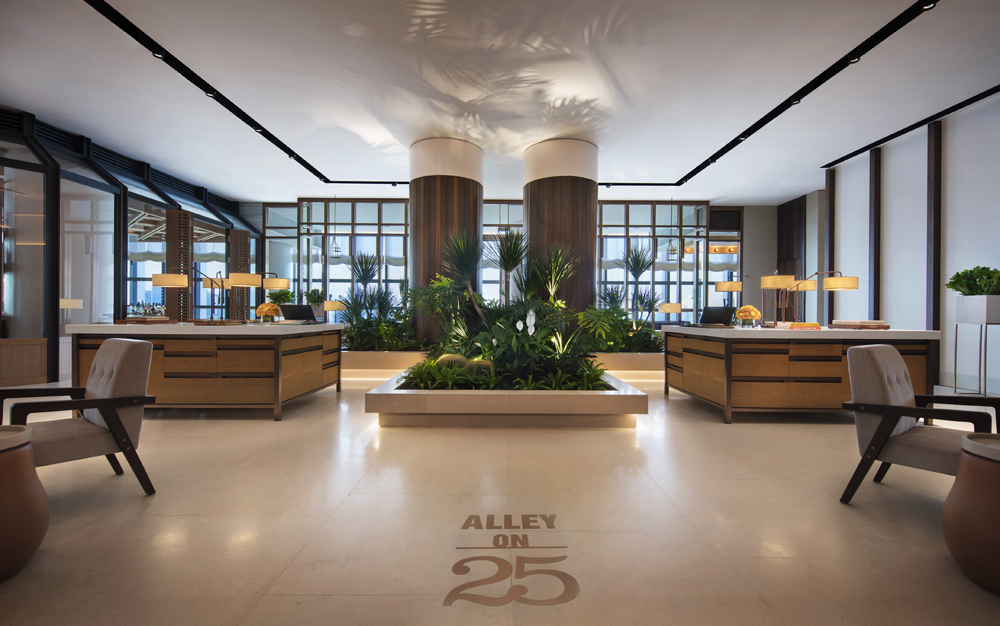
Alley on 25 presents a fresh food concept, based on Singapore's celebrated hawker centres, with seven different eateries, each focusing on a different style of cooking

A range of dishes available at Auntie's Wok & Steam at Alley on 25
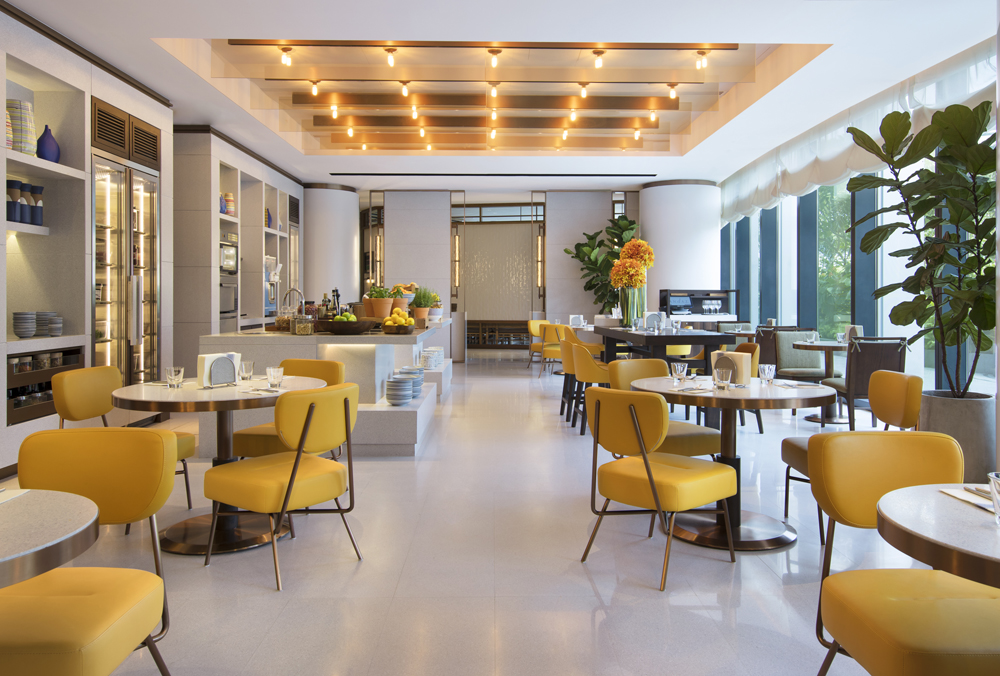
Alley on 25's aptly named cold kitchen, Icehaus

Andaz Singapore's rooftop pool
The post André Fu on designing for an experience rather than aesthetics appeared first on Home Journal.






